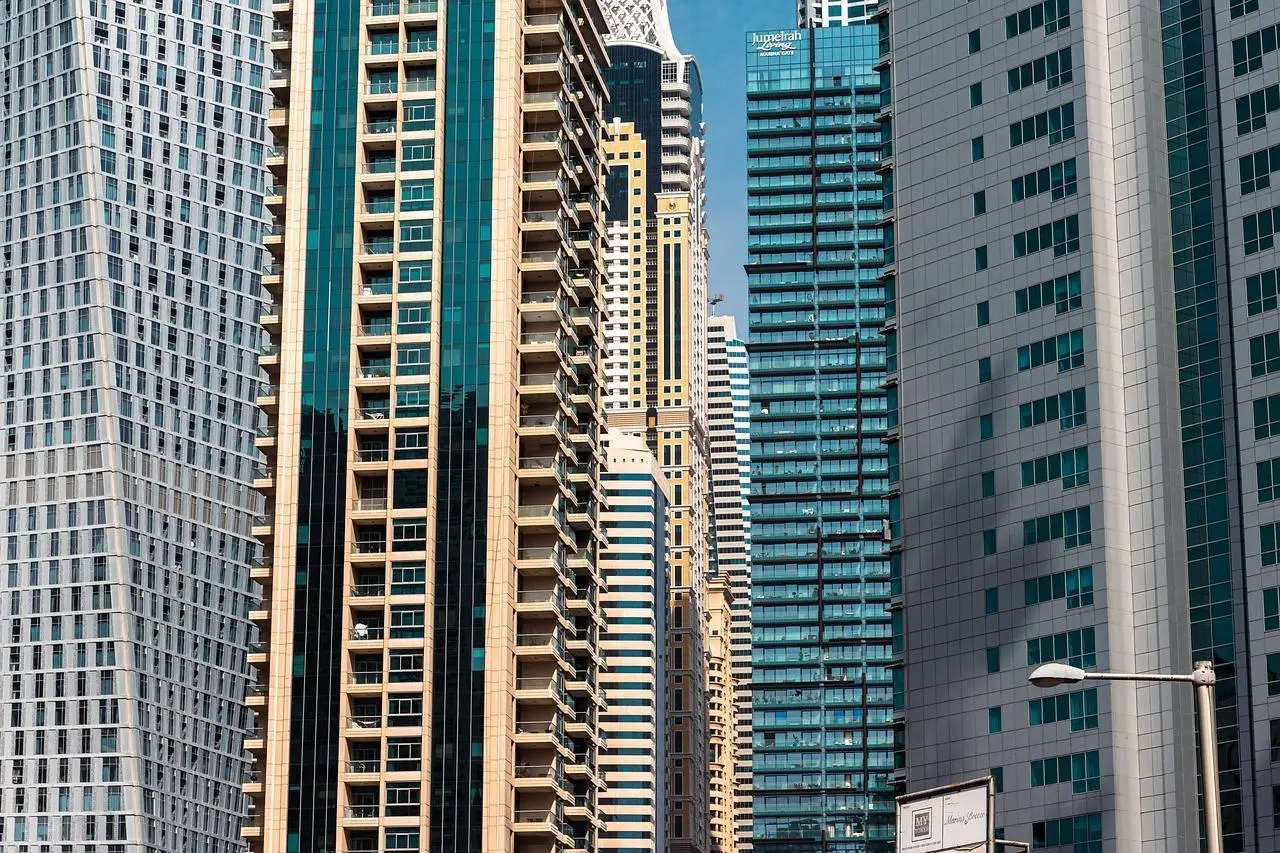The Latest Trends in Residential Architecture
Residential architecture is experiencing a remarkable evolution, driven by changing lifestyles, cutting-edge technology, and a growing commitment to sustainability. Understanding these trends is essential for homeowners, builders, and architects alike as they navigate the design and construction of modern homes. Let’s dive into the exciting developments that are shaping residential architecture today.
Current Trends Shaping Residential Architecture
Embracing Open Floor Plans
Open floor plans have emerged as a defining feature of contemporary homes, creating a seamless transition between living spaces. This design trend not only enhances spaciousness but also fosters family interaction and connection in communal areas. According to the AIA Home Design Trends Survey, more than 60% of homeowners prefer open layouts, underscoring their lasting appeal in residential design.
Smart Home Technology Takes Center Stage
Smart home technology has shifted from being a luxury to a must-have in new residential builds. With features like automated lighting and advanced security systems, these innovations elevate convenience while promoting energy efficiency. Homeowners can effortlessly monitor and manage their energy consumption, paving the way for a more sustainable lifestyle.
Prioritizing Sustainability in Design
Sustainability is at the forefront of residential architecture today. Currently, 28% of new projects meet green standards, reflecting a growing commitment to environmentally responsible practices. LEED certification has become a guiding principle for architects and builders, helping them create homes that minimize ecological impact.
The Role of Natural Elements in Architecture
The Power of Biophilic Design
Biophilic design is all about forging a connection between nature and the built environment, promoting well-being and reducing stress. Architects are increasingly integrating natural elements—think indoor gardens and expansive windows—to elevate the living experience. This trend not only enhances the aesthetic appeal but also fosters a healthier atmosphere within homes.
Choosing Eco-Friendly Materials
There’s a noticeable rise in the use of eco-friendly materials, driven by a commitment to sustainable construction practices. Materials like recycled steel and low-VOC paints are becoming the norm. Notably, cross-laminated timber (CLT) is gaining popularity for its strength and sustainability, making it a top choice for innovative architectural designs.
The Influence of Demographics on Design Trends
Designing for an Aging Population
As the Baby Boomer generation ages, housing needs are evolving. Architects are increasingly focusing on accessibility features—wider doorways, single-story layouts—to cater to the requirements of older adults. This trend reflects a broader understanding of inclusive design principles, ensuring homes are welcoming for everyone.
The Rise of the Tiny Home Movement
The Tiny Home Movement is gaining traction as a sustainable living solution. Many individuals are embracing a minimalist lifestyle that prioritizes efficiency and environmental responsibility. Recent statistics show a 50% increase in tiny home purchases over the last five years, highlighting a significant shift in consumer preferences.
Innovations in Construction Technology
Revolutionizing with Building Information Modeling (BIM)
Building Information Modeling (BIM) is transforming the architectural landscape by enabling architects and builders to create detailed digital representations of structures. Recent statistics reveal that over 70% of firms now use BIM for billable work, enhancing collaboration and efficiency throughout the design and construction processes.
3D Printing: The Future of Construction
The Dubai 3D Printing Strategy showcases the incredible potential of 3D printing technology in construction. This innovative approach not only reduces material waste but also accelerates the building process, paving the way for a future where residential architecture can be produced more sustainably and affordably.
Future Projections for Residential Architecture
Anticipated Trends for the Next Decade
Insights from the AIA Home Design Trends Survey indicate a shift in design priorities over the coming decade, with a heightened focus on energy efficiency and water conservation features. Homeowners are expected to prioritize sustainable solutions, further shaping the architectural landscape.
Job Market Outlook and Opportunities
The architecture industry is projected to experience a 5% growth from 2022 to 2032, driven by the demand for sustainable and resilient designs. As homeowners and builders increasingly seek eco-friendly options, opportunities for architects specializing in innovative, sustainable designs are set to expand.
As we look ahead, it’s clear that the trends shaping the future of residential architecture are as diverse as they are dynamic. From the rise of open floor plans and smart home technology to an emphasis on sustainability and innovative construction methods, these developments are pivotal for architects, builders, and homeowners alike. Staying informed about these trends can empower you to make educated housing decisions that align with a more sustainable future.








